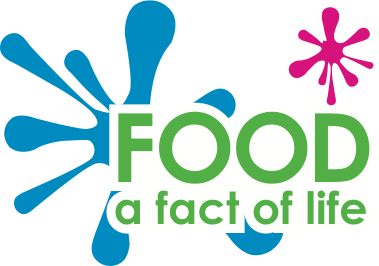This page provides links to advice on topics such as infant feeding, introducing solid foods, and food and nutrition guidance for children in the early years.
The Eatwell Guide does not apply to children under the age of 2 because they have different nutritional needs. Between the ages of 2 and 5, children should gradually move to eating the same foods as the rest of the family in the proportions shown in the Eatwell Guide.
Mealtimes
Creating a relaxed and fun atmosphere at mealtimes can help children to make positive associations with healthy eating. Where possible, if staff can sit with children they can show good examples of table manners, introduce new foods and model good eating practice. This can be achieved by:
- having areas for meal and snack times clean and bright with displays relating to healthy eating.
- allowing time for children who are slow eaters, and not to rush them.
- recognising that all children have different levels of appetite and not putting pressure them to finish their meal if they explain that they are full. This can help build healthy habits, such as eating in response to hunger rather than in response to stress. To reduce food waste, serve small portion sizes to start with, and support children to ask for more if they wish.
- using positive language such as “it’s fun/nice/delicious/an experiment/an adventure”, and staying away from language such as “because it’s healthy”. Focus on the positive health outcomes from fruit and vegetables, for example “it makes you feel full of energy”.
Food Education
Helping children to understand where food comes from can encourage them to increase the variety of food they eat. Food and nutrition can be included in the curriculum through for example, growing vegetables and herbs within the setting, cooking with setting’s grown vegetables, reading books which include healthy foods, picnic or kitchen role play, sensory play using food, and arts & crafts. Links to activity cards and ideas can be found below.
Activities
Fussy Eaters
Fussy eating is common in children aged between the ages of 2-5 years. It is important for children to hear the same messages around healthy food habits at home and through their early year’s care providers, as this can help support their eating habits.
Children not on special diets can be encouraged to try new foods at mealtimes and snack times. If a child refuses to eat certain foods, it is good not to pressure them or to finish everything on their plate. It is good practice to keep offering foods, as it can take up to 10 tries for children to decide they like certain foods.
Support with fussy eaters
Celebrations/rewards and food
When food is provided at a celebration/event, it is best to continue adhering to the Eat Better Start Better government guidance. To encourage a healthy relationship with food, it is a good idea not to use food to celebrate effort or success, or as a reward for finishing vegetables. This can lead to children valuing the cake/treat and not the veggies/good behaviour. Celebrate with high fives, hugs, sticker charts, or first pick at story time.
Celebrations and events can be a tricky time to navigate when you are trying to reduce the amount of foods that are high in fat, salt, and sugar in your setting.
Cultural celebrations and events can be a fun way of introducing new foods at mealtimes, such as pumpkin soup at Halloween or baked samosas at Diwali. Celebrations/events can be marked in through other activities such as decorating the setting for a birthday meal, games, crafts, songs, and stories that only come out at events. More suggestions on how to celebrate without a focus on food can be found in the link below.
Food Safety and Hygiene
Any staff who handle/prepare foods must be suitably trained. Some settings choose to get all staff trained to a Basic Food Hygiene level and in addition for any staff who do more preparation of food to complete Level 2 Food Hygiene training.
It is not sufficient to have only one person in the setting to have food hygiene training. At the very least, all of the main people who prepare food should be certified, including those who cover leave.
Links to Food Safety and Hygiene courses:
















